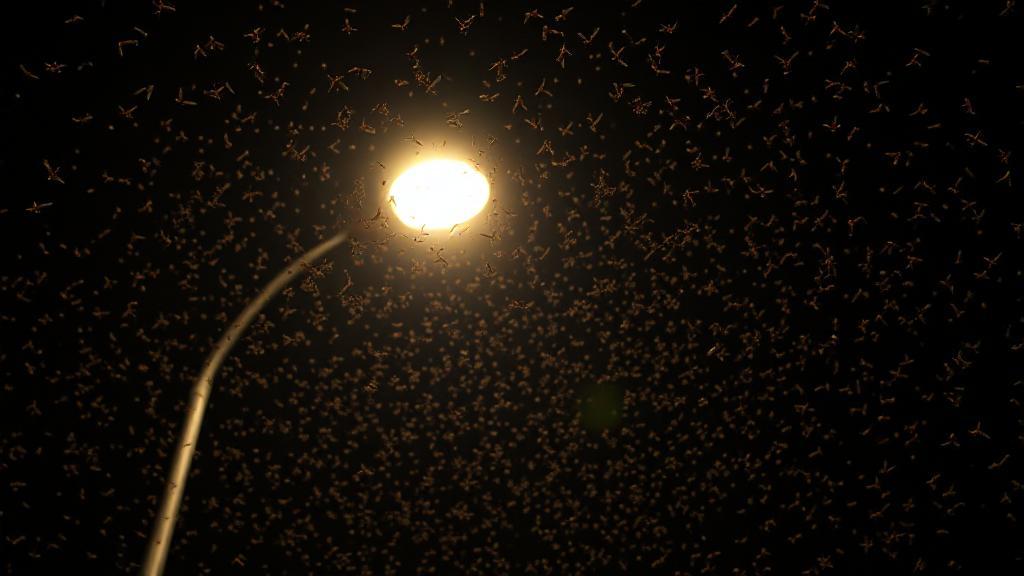Understanding Flying Termite Swarms 🐜✈️
What Are Flying Termites?
Flying termites, also known as alates, are the reproductive members of a termite colony. Unlike their worker and soldier counterparts, alates have wings and are responsible for creating new colonies. They are often mistaken for flying ants, but there are distinct differences between the two. For a detailed comparison, check out this guide on distinguishing termites from ants.
Timing and Environmental Triggers
These mass emergences aren't random. Several factors trigger termite swarms:
- Temperature: Warm temperatures (typically 70°F or higher)
- Humidity: High humidity levels, often following rain
- Light: Changes in light intensity, usually at dusk
- Season: Most species swarm during warmer months
Regional Variations
Different termite species swarm at different times:
- Subterranean termites: Spring to early summer
- Drywood termites: Late summer to fall
- Formosan termites: Late spring
Why They Swarm in Large Numbers 📊
The massive numbers serve several evolutionary purposes:
- Safety in numbers against predators
- Increased chances of successful mating
- Better genetic diversity across populations
- Enhanced colonization opportunities
The Life Cycle Continues 🔄
After taking flight, these termites will:
- Find a mate
- Land and shed their wings
- Search for a suitable nesting site
- Start a new colony as king and queen
Signs and Impact of a Swarm
Common Signs
- Discarded Wings: Finding piles of wings near windowsills or doorways
- Presence of Alates: Winged termites indoors or around your property
"The synchronized emergence of termite alates is one of the most precisely timed natural phenomena in the insect world." - Journal of Insect Behavior
While flying termites themselves don't cause damage, their presence indicates established colonies nearby. The National Pest Management Association estimates termites cause over $5 billion in property damage annually in the United States.
Prevention and Management
If you encounter a termite swarm, consider these steps:
- Do Not Panic: Swarming is a natural process
- Collect Samples: Capture specimens for identification
- Inspect Your Property: Look for signs of active infestation
- Reduce Outdoor Lighting: During swarming season
- Seal Entry Points: Around your home
- Contact Professionals: Consider a professional pest control service for inspection
Long-Term Prevention
- Regularly inspect your home and yard
- Keep your home and yard clean
- Use termite-resistant materials
- Consider termite baiting systems
- Remove dead wood and cellulose materials near your house
Environmental Significance 🌿
Despite their reputation as pests, termites play vital roles in natural ecosystems:
- Decomposing dead plant material
- Recycling nutrients
- Aerating soil
- Providing food for other species
For more detailed advice on termite prevention and control, visit this comprehensive guide.
